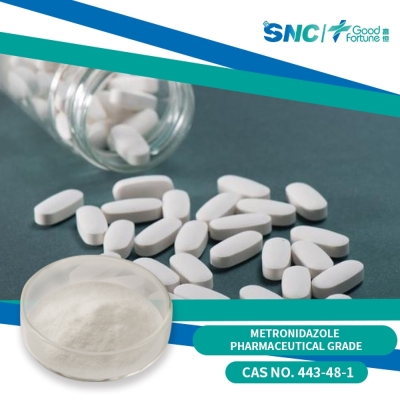-
Categories
-
Pharmaceutical Intermediates
-
Active Pharmaceutical Ingredients
-
Food Additives
- Industrial Coatings
- Agrochemicals
- Dyes and Pigments
- Surfactant
- Flavors and Fragrances
- Chemical Reagents
- Catalyst and Auxiliary
- Natural Products
- Inorganic Chemistry
-
Organic Chemistry
-
Biochemical Engineering
- Analytical Chemistry
-
Cosmetic Ingredient
- Water Treatment Chemical
-
Pharmaceutical Intermediates
Promotion
ECHEMI Mall
Wholesale
Weekly Price
Exhibition
News
-
Trade Service
Minocycline hydrochloride is an antibiotic drug that is commonly used to treat a variety of bacterial infections.
It is a semisynthetic derivative of tetracycline, and it has a broad spectrum of activity against many different types of bacteria.
In the chemical industry, minocycline hydrochloride is used as a raw material in the production of various chemicals and pharmaceuticals.
However, the use of minocycline hydrochloride in the chemical industry raises concerns about its safety.
One of the main concerns about the safety of minocycline hydrochloride is its potential toxicity.
Minocycline hydrochloride is known to cause side effects such as nausea, vomiting, and diarrhea, and in some cases, these side effects can be severe.
Long-term use of minocycline hydrochloride has also been associated with a number of adverse effects, including kidney damage, sun sensitivity, and increased risk of developing a rare form of cancer called lymphoma.
Another concern is the potential for minocycline hydrochloride to cause environmental harm.
Minocycline hydrochloride is not highly soluble in water, and it is not easily biodegradable.
This means that it can persist in the environment for a long time, and it can have negative impacts on aquatic ecosystems.
In addition, minocycline hydrochloride can also be harmful to wildlife, particularly fish and other aquatic animals.
In order to address these safety concerns, it is important to thoroughly evaluate the potential risks associated with the use of minocycline hydrochloride in the chemical industry.
This may involve conducting toxicity tests on the drug, as well as studying its potential for environmental harm.
It may also involve developing safer alternatives to minocycline hydrochloride that have similar properties and efficacy, but are less toxic and environmentally friendly.
In order to ensure the safety of minocycline hydrochloride, it is also important to properly handle and dispose of the drug.
This may involve following strict guidelines and protocols for its use and disposal, as well as providing appropriate training and education to workers who handle the drug.
In addition, it may be necessary to establish regulations and standards for the use of minocycline hydrochloride in the chemical industry, in order to protect the safety of workers and the environment.
Overall, the safety of minocycline hydrochloride is a critical issue in the chemical industry.
While the drug has a number of useful properties and applications, its potential toxicity and environmental harm must be carefully evaluated and addressed in order to ensure its safe use.
By taking steps to minimize the risks associated with minocycline hydrochloride, it is possible to balance its potential benefits with the need for safety and environmental protection.







